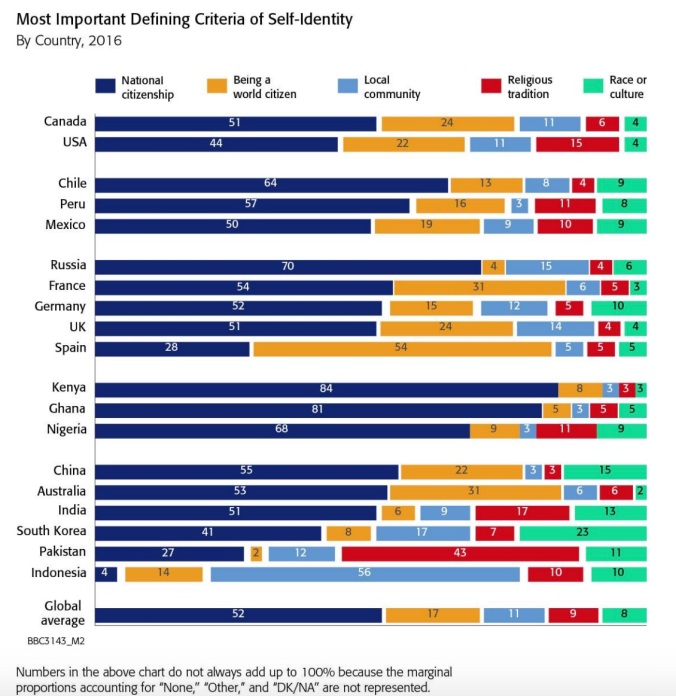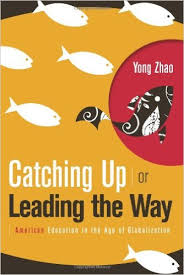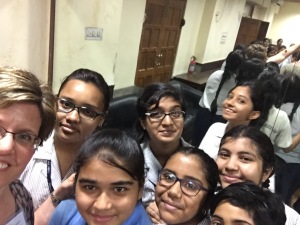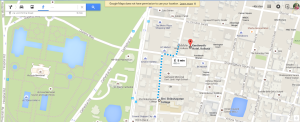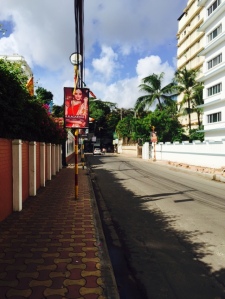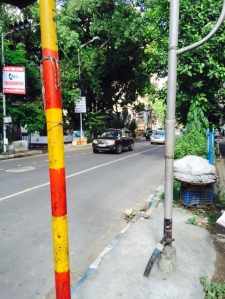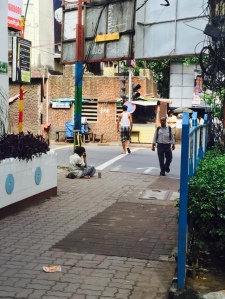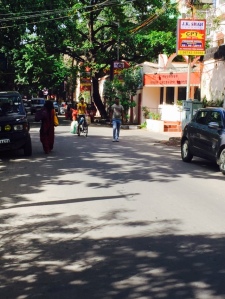
Students at Mental Toughness Seminar

Mental Toughness Presenters Karen Smyers, James Olson, John Young, and Sean Riley
“You have to want to do it.”
That was the overall message that ten of our cycling tour students heard on Sunday, March 25th at Sun Multisport’s Annual Race Mania Summit and Expo in Boston, MA.
Bringing our students to this event was to get them in the mindset of an endurance athlete so that they can begin to view themselves as part of this extraordinary and inspiring community.
The other big thread among the seminars we attended was mental toughness. Former Navy Seal James Olson shared how he developed mental toughness through Seal training, “we all have mental toughness, but have to constantly work on it…move through the pain, don’t accept it.”
My favorite quote from paratriathlete and marathoner John Young was, “pain is inevitable and suffering is a choice. You have to want to do it and you will figure out a way.” John Young was the first ever person with dwarfism to complete an Ironman triathlon in addition to being a three time finisher of the Boston Marathon.
Ironman Triathlon World Champion Karen Smyers shared that you have to “learn how to get your mind to work for you and that setbacks have silver linings.” Her big setbacks included getting hit by an 18-wheeler while riding her bike and receiving a cancer diagnosis. She survived both and is still racing, coaching, and living life to the fullest.
“Show up every day to your life” was my other favorite quote of the day courtesy of Meredith Atwood, 4x Ironman triathlete, podcaster, and writer. This makes total sense but we don’t do it for a variety of reasons which ultimately holds us back from achieving what we want to achieve.
We are looking forward to seeing how these important nuggets of wisdom from fellow endurance athletes will shape our thinking as we work towards our huge goal of cycling to Quebec City and back.
Heard in the car on the drive home, “I think I want to do a triathlon.”




